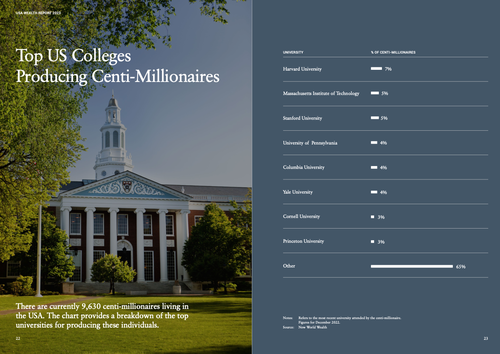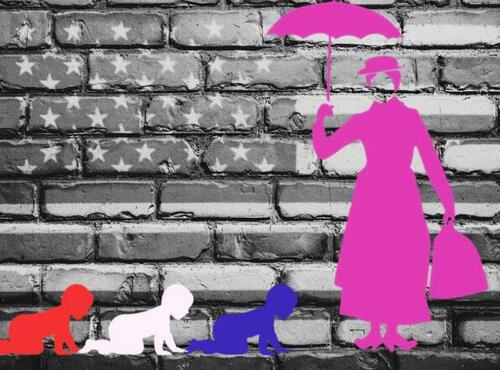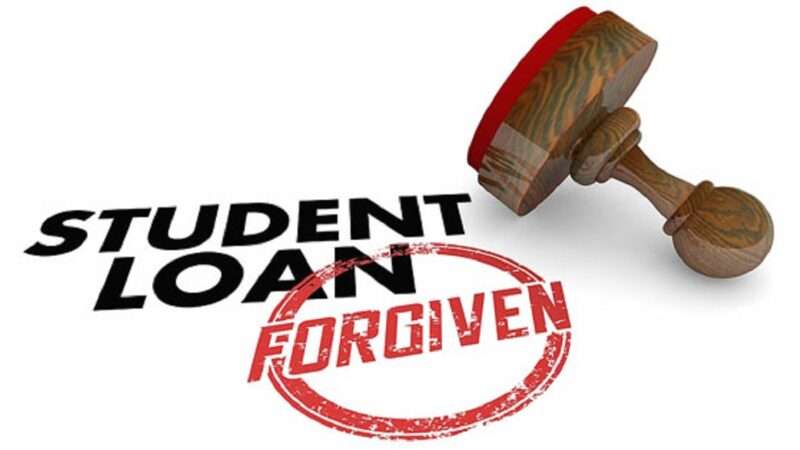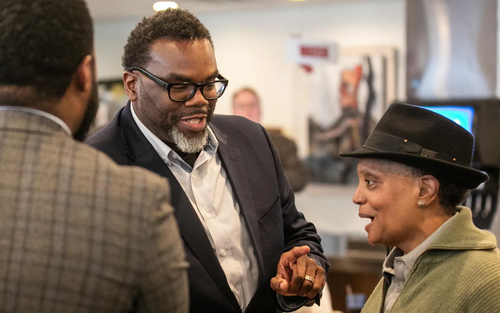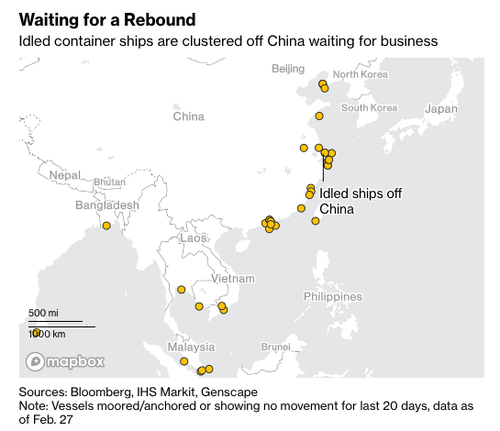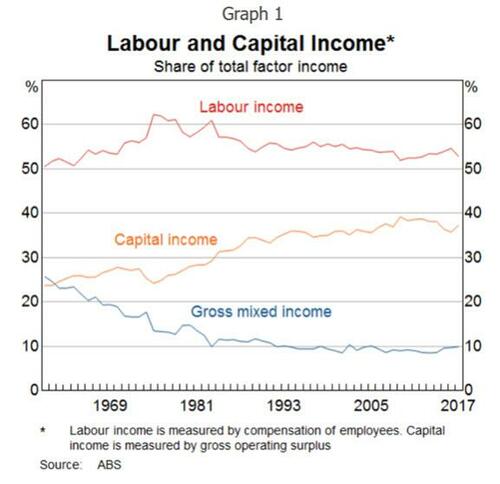JFK’s Remarkable Peace Speech That Sealed His Fate
Authored by Jacob Hornberger via The Future of Freedom Foundation,
The deep animosity against Russia and China that the U.S. national-security establishment has inculcated in the American people brings to mind the remarkable speech that President Kennedy delivered on June 10, 1963, at American University that sealed his fate.
Just imagine what would happen to any American who today dares to say good things about Russia and China. The Russia haters and the China haters will heap condemnation and calumny on them. The haters will accuse them of being “Putin lovers” who support Russia’s invasion of Ukraine. In the case of China, they will accuse them of being communist sympathizers who support China’s military expansionism.
No, there is no room in America for positive sentiments toward Russia and China. Through the power of indoctrination, the Pentagon and the CIA have succeeded in inculcating a mindset of deep hostility all across America toward both Russia and China.
Of course, they did the same thing back in the Cold War era, perhaps even more so given that, during that time, both Russia and China were communist regimes. Throughout the Cold War decades, Americans were indoctrinated in the same way that Americans today are indoctrinated. They were taught to hate and fear the Russian Reds and the Chinese Reds and, for that matter, the North Korean Reds, the Cuban Reds, the Vietnamese Reds, the Chilean Reds, the Guatemalan Reds, and, well, all the Reds in the world, including those who were inside the United States.
Among the people Americans were expected to hate was Martin Luther King, not only because he was believed to be a Red but also because he had the audacity to point out that the U.S. government had become the greatest purveyor of violence in the world. They hated him for that, just as they hated Mohammad Ali, who dared to question their war against the Reds in Vietnam. That’s why they targeted both men for destruction.
In the midst of all this anti-Russia and anti-China hostility stepped President John F. Kennedy. He had had enough of all this hostility.
He recognized it as a destructive and highly dangerous mindset that the Pentagon and the CIA had inculcated in the American people.
Kennedy realized that it was that mindset that had brought the world to the brink of all-out, life-destroying nuclear war during the Cuban Missile Crisis. He also came to the realization that if the Pentagon and the CIA had not been hell-bent on illegally invading Cuba, there would never have been a Cuban Missile Crisis.
Keep some important things in mind.
At the time that Kennedy was delivering his Peace Speech, the Soviet Union (of which Russia was the principal member) was still occupying and controlling Eastern Europe. It was also still occupying and controlling West Germany. It was still maintaining and enforcing the Berlin Wall. China, North Korea, North Vietnam, and Cuba were still communist regimes.
Kennedy delivering his Peace Speech. Licensed under Creative Commons.
Kennedy shows up at American University and initiates a surprise attack on the Pentagon and the CIA.
He declared an end to the deep anti-Soviet hostility that the Pentagon and the CIA had inculcated in the American people.
He called for peaceful and friendly coexistence with the Soviet Union and the rest of the communist world. With a slap across the faces of the Joint Chiefs of Staff, he declared, “What kind of a peace do I mean? What kind of a peace do we seek? Not a Pax Americana enforced on the world by American weapons of war.”
Kennedy’s entire speech is worth reading, but here are some more excerpts:
First, examine our attitude toward peace itself. Too many of us think it is impossible. Too many think it is unreal. But that is a dangerous, defeatist belief. It leads to the conclusion that war is inevitable, that mankind is doomed, that we are gripped by forces we cannot control. We need not accept that view. Our problems are manmade. Therefore, they can be solved by man. And man can be as big as he wants. No problem of human destiny is beyond human beings. Man’s reason and spirit have often solved the seemingly unsolvable and we believe they can do it again.
***
No government or social system is so evil that its people must be considered as lacking in virtue. As Americans, we find communism profoundly repugnant as a negation of personal freedom and dignity. But we can still hail the Russian people for their many achievements in science and space, in economic and industrial growth, in culture and in acts of courage.
***
And no nation in the history of battle ever suffered more than the Soviet Union in the Second World War. At least 20 million lost their lives. Countless millions of homes and families were burned or sacked. A third of the nation’s territory, including nearly two-thirds of its industrial base, was turned into a wasteland, a loss equivalent to the destruction of this country east of Chicago.
***
So, let us not be blind to our differences, but let us also direct attention to our common interests and the means by which those differences can be resolved. And if we cannot end now our differences, at least we can help make the world safe for diversity. For, in the final analysis, our most basic common link is that we all inhabit this small planet. We all breathe the same air. We all cherish our children’s future. And we are all mortal.
The very next evening — June 11, 1963 — Kennedy went on national television to express support for the supposed communist Martin Luther King and the American civil-rights movement, which the national-security establishment, especially the FBI, was convinced was a communist front for a Red takeover of the United States.
The president had just thrown down a doubly dangerous gauntlet before the U.S. national-security establishment.
As I point out in my book An Encounter with Evil: The Abraham Zapruder Story, Kennedy’s Peace Speech, combined with his resolution of the Cuban Missile Crisis, which enraged the Pentagon and the CIA, combined with his support of what was believed to be a domestic communist front, sealed his fate.
Several months later, they took him out, on the grounds of protecting “national security,” just as they targeted foreign leaders on the same basis.
No one in America — and especially not a U.S. president — is permitted to embrace what are considered to be heretical thoughts and policies regarding Russia and China.
The deep anti-Russia and anti-China hostility that the Pentagon and the CIA inculcate in the American people has become a permanent part of American life.
Tyler Durden
Tue, 02/28/2023 – 23:25
via ZeroHedge News https://ift.tt/nBsYEWA Tyler Durden


